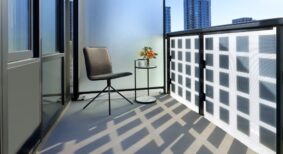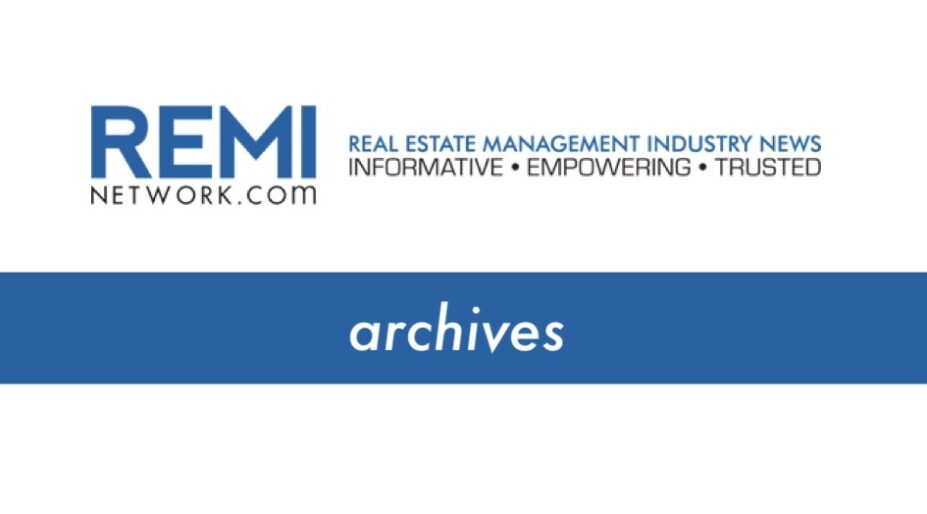Improving the sustainability and energy efficiency of condominiums is not new. However, in the past 15 years, the building and design industry has found new, cost-effective ways to increase the energy and water performance of condos.
No longer is Leadership in Energy and Environmental Design (LEED) certification or green design an option for condo developers. Tenants – and rising operating costs – have made sustainable excellence a requirement.
In terms of the most important and new energy-saving measures, it comes down to making small changes and sticking to simple solutions. For example, picking the right clothes dryer may seem to be an unimportant choice but clothes dryers can be significant energy users. Building designers can eliminate clothes dryer exhaust by specifying independent ventless dryers made by LG, Bosch and Electrolux that work for smaller condo units. These condense the moisture and send it down the drain. The benefit is that heated or cooled air is no longer sent out the side of the building, saving both natural gas and electricity.
Some energy-efficient features have secondary benefits to residents. For example, placing a weather-stripped door between each unit and the common hallway improves the airtightness of the units, while reducing hall noise and odour transfer.
Similarly, installing independent ventilation units (in the form of an exhaust air heat recovery unit) in each suite saves energy by transferring heat and moisture from exhaust air to incoming ventilation air, and significantly improves indoor air quality.
In terms of water savings, toilet flushing is a huge waste of potable water in condos. Instead, rainwater can be recaptured from the roof, filtered, stored in an underground concrete cistern and then used to flush toilets in a building. Also, a new half-flush toilet on the market, the Proficiency ultra high efficiency toilet by Water Matrix, is a revolution in residential water savings. With the help of vacuum-assist flush technology, the toilet produces a very swift, powerful and quiet flush that basically makes dual-flush toilets obsolete. As an added benefit, this toilet can help a residential project achieve three additional LEED points.
Most building designers and owners concentrate their water reduction efforts inside, forgetting that irrigation is a very significant water usage in most buildings. Instead of installing Kentucky Blue Grass, consider planting native, drought-resistant species that require no permanent irrigation system.
Steve Kemp, P.Eng., LEED AP, is division head of the energy performance group at Enermodal Engineering, a member of MMM Group. He has more than 15 years experience in energy modelling, energy-efficient technology research and sustainable building design.





